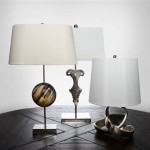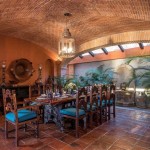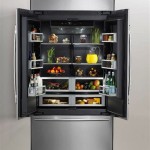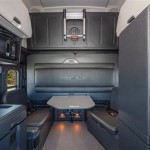Sliding Doors Interior: A Guide to Style and Functionality
Sliding doors, a staple in modern interior design, offer a blend of style and functionality, seamlessly integrating into various spaces. From sleek and minimalist to rustic and traditional, sliding doors cater to diverse aesthetic preferences while optimizing space utilization. This article delves into the nuances of sliding doors for interior applications, exploring their advantages, types, and considerations for successful implementation.
Advantages of Sliding Doors Interior
Sliding doors offer several benefits over traditional hinged doors, making them an appealing choice for various interior applications.
Firstly, they maximize space efficiency. By sliding open and closed, they eliminate the need for swing space, ideal for tight corridors, small rooms, or areas with limited floor space. This space-saving feature is particularly valuable in modern homes characterized by compact living designs.
Secondly, sliding doors add a touch of contemporary elegance. Their clean lines and smooth operation effortlessly complement minimalist and modern aesthetics. The absence of hinges and the smooth, gliding motion contribute to a sleek and uncluttered visual appeal.
Thirdly, sliding doors provide versatility in design. They can be customized with different materials, finishes, and hardware to complement various interior styles. Whether it's a frosted glass panel for privacy or a sleek wooden frame for a rustic feel, sliding doors can seamlessly integrate with the overall design theme.
Types of Sliding Doors for Interior Applications
Sliding door systems come in various configurations, each catering to specific needs and design preferences.
Single Sliding Doors
Single sliding doors, as the name suggests, consist of a single panel that slides along a track. These are ideal for small openings, closets, or room dividers. Their simplicity and ease of operation make them a practical choice for everyday use.
Double Sliding Doors
Double sliding doors feature two panels that slide independently on parallel tracks. They provide wider openings, allowing for greater light and airflow, and are commonly used for larger entries, partitioning spaces, or creating a sense of openness. The double panels also offer the versatility of opening partially for controlled ventilation or fully for a panoramic view.
Bypass Sliding DoorsBypass sliding doors consist of two or more panels that slide past each other on a single track. This creates a unique and space-saving configuration, as the panels stack on top of each other when opened. Bypass sliding doors are often used for closets, room dividers, or creating a discreet separation within an open plan space.
Pocket Sliding Doors
Pocket sliding doors retract into the wall when opened, seamlessly disappearing into the structure. This creates a completely unobstructed opening, maximizing space and minimizing visual clutter. Pocket sliding doors are commonly used for closets, bathroom entrances, or expanding the visual space of smaller rooms.
Considerations for Sliding Door Interior Design
Choosing the right sliding door system involves careful consideration of several factors, including:
Space Requirements
The first step is to assess the available space. Consider the width of the opening, the wall thickness, and the desired opening size. Measure carefully to ensure the chosen door system fits seamlessly and allows for adequate clearance during operation.
Material Choice
Sliding doors are available in a wide array of materials, each offering unique aesthetic and functional qualities. Wood provides a classic and timeless look, while glass offers a contemporary feel and allows for natural light penetration. Aluminum is durable and low-maintenance, while other materials like vinyl or composite panels provide cost-effective options.
Hardware and Accessories
The chosen hardware and accessories can significantly impact the aesthetics and functionality of sliding doors. Consider options like handles, pulls, tracks, and rollers that complement the chosen style and ensure smooth operation. The weight of the door panels should be factored in when selecting hardware to ensure a reliable and long-lasting system.
Light and Privacy
The chosen glass type and other features can affect the amount of light that enters a room and the level of privacy offered. Frosted glass provides privacy while allowing light to pass through, while clear glass offers unobstructed views. Other options include textured glass, mirrored panels, or incorporating blinds or curtains within the door panel.
In conclusion, sliding doors offer a unique blend of style and functionality, perfectly complementing modern interior design trends while maximizing space utilization. Careful consideration of the available types, materials, hardware, and design considerations ensures a successful and elegant integration of sliding doors into any interior space.

Invisible Interior Sliding Door Kits Runners

Doors Wood Sliding Door Type Interior Design Photos And Ideas Dwell

Pin By Basecamp Designs On Garage Conversion Sliding Doors Interior Door Design Barn

33 Designs For Interior Sliding Doors Clever Stylish Right On Trend Gatheraus

15 Latest Sliding Door Designs With S In 2024 House Interior Modern Doors Barn

Calhome 48 In X 80 Hollow Core Natural Solid Wood Finished Interior Double Sliding Closet Doors Cfj Cnc Leaf 80x24 Unf 2 The Home Depot

Sliding Door With Box Track Bartels Doors

Design Sliding Doors Modern And Custom Made Laurameroni

5 Benefits Of Using Internal Sliding Doors Anthony Innovations

33 Designs For Interior Sliding Doors Clever Stylish Right On Trend Gatheraus








